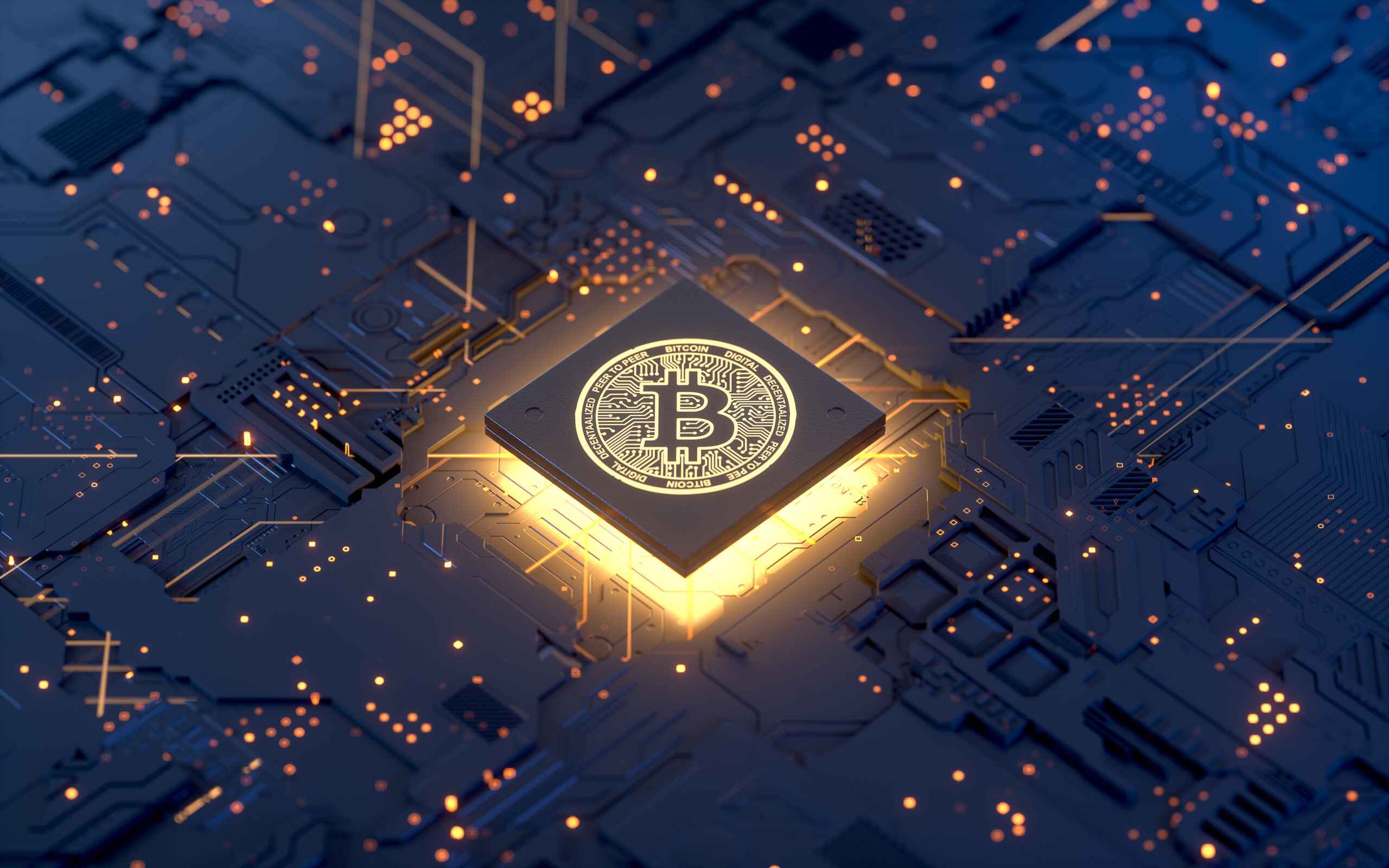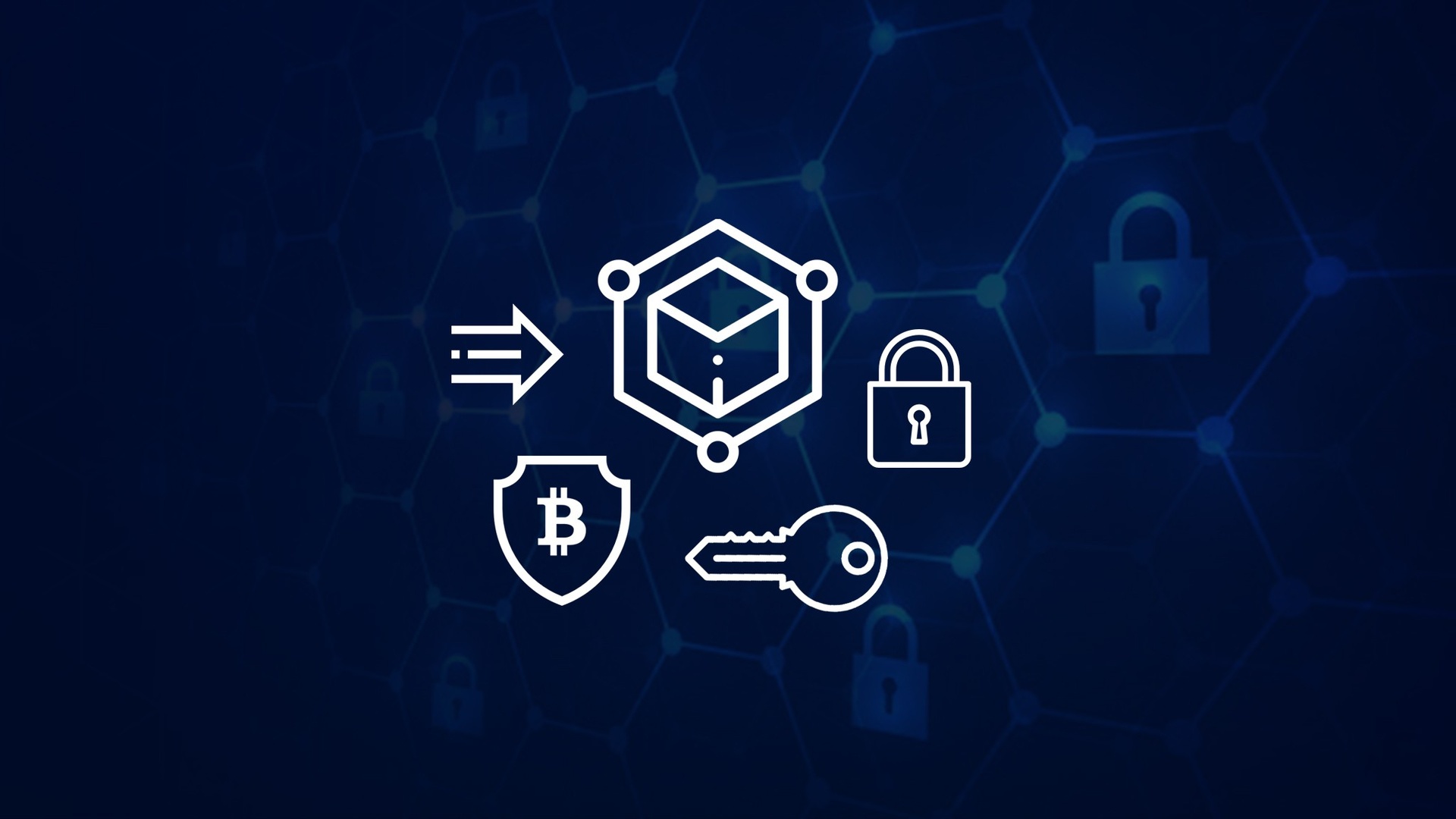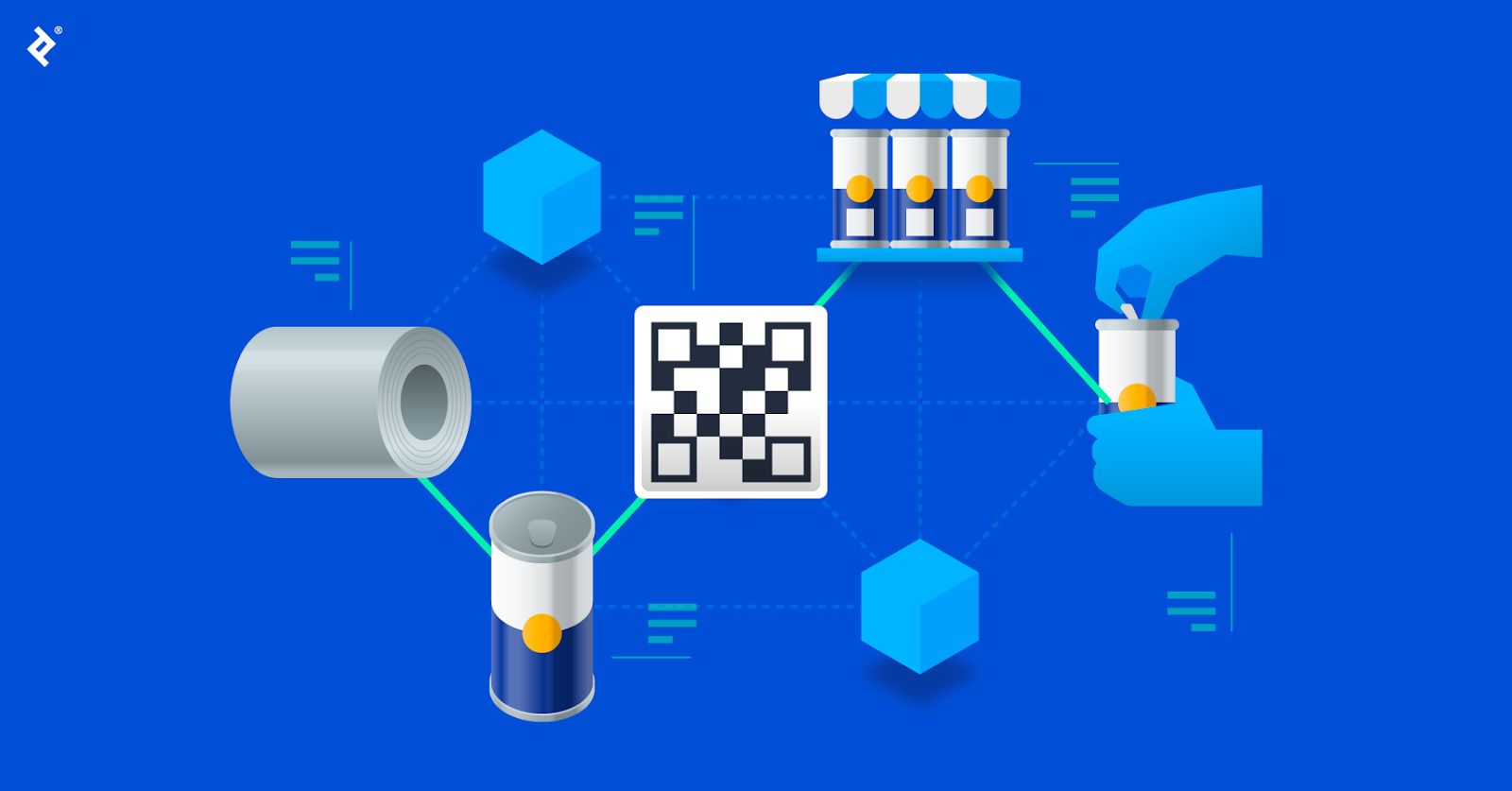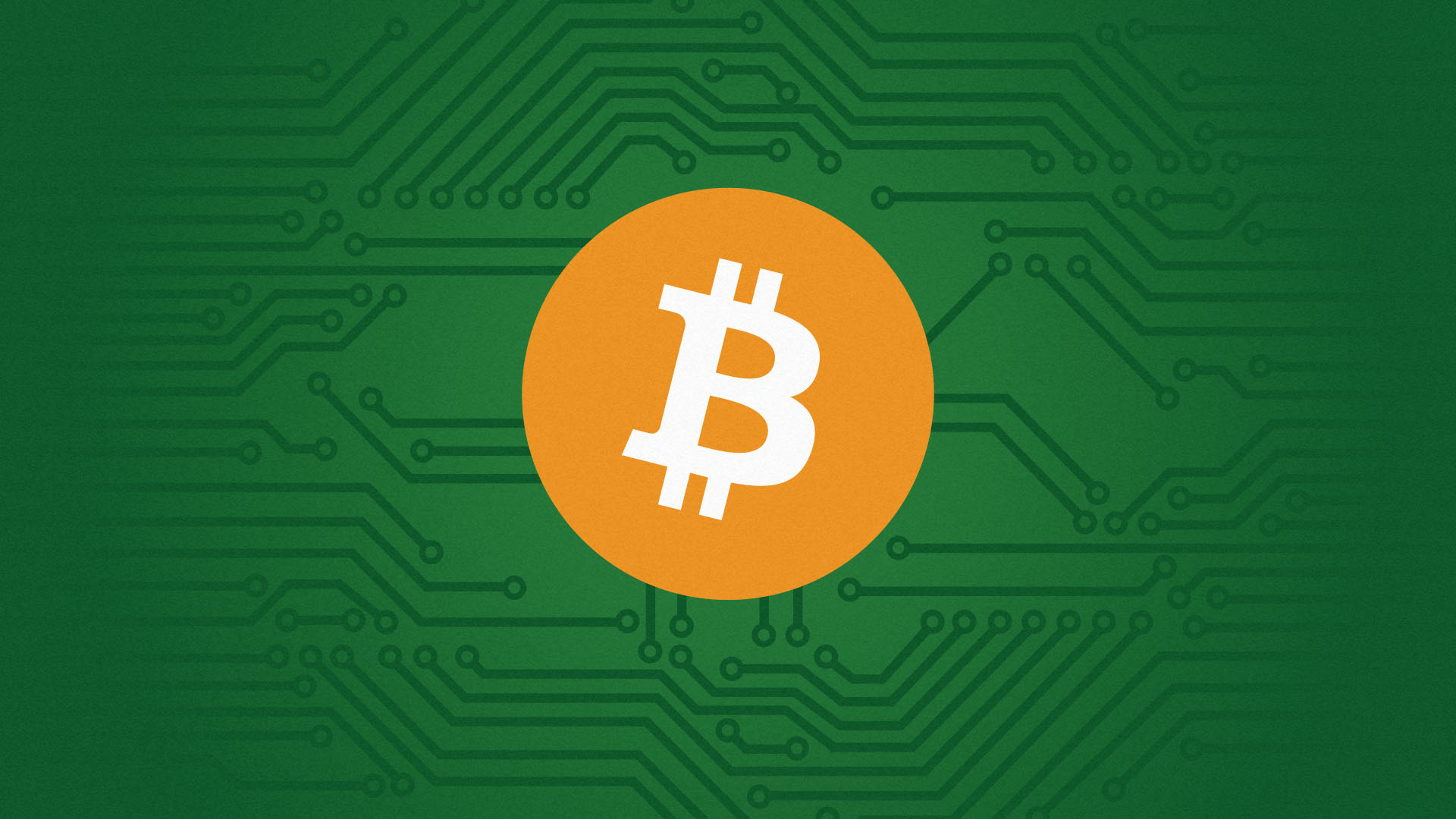Introduction
Blockchain technology has revolutionized various industries, including finance, supply chain, and healthcare. At the heart of every blockchain transaction lies the crucial process of validation. Transaction validation ensures the integrity and trustworthiness of the data recorded on the blockchain, preventing fraudulent activities and maintaining the transparency of the system.
So, what exactly is transaction validation? In simple terms, it is the process of verifying the accuracy and legitimacy of a transaction before it is added to the blockchain. This validation process involves several steps that ensure the transaction meets the predefined criteria and follows the rules and protocols set by the blockchain network.
Transaction validation plays a vital role in maintaining the integrity of the blockchain ecosystem. Without an effective validation mechanism, the blockchain network would be vulnerable to various forms of attacks, such as double spending, counterfeiting, and unauthorized transactions.
Considering the increasing popularity and widespread adoption of blockchain technology, it is essential to understand the significance of transaction validation and how it contributes to the overall security and reliability of the system.
This article will delve into the importance of transaction validation in blockchain, analyze the steps involved in the process, and provide insights into how blockchain networks ensure the accuracy and authenticity of transactions.
What is transaction validation?
Transaction validation refers to the process of ensuring the accuracy, authenticity, and compliance of a transaction before it is added to the blockchain. It involves verifying various aspects of the transaction, such as the transaction details, sender authenticity, correctness of signatures, and validity of inputs and outputs. The goal of transaction validation is to maintain the integrity and trustworthiness of the blockchain network by preventing fraudulent activities, double spending, and unauthorized transactions.
In a blockchain network, each transaction is a digital record that represents the transfer of assets, information, or value from one party to another. This transaction is broadcasted to the network and needs to go through a validation process before it is accepted and added to a block. The blockchain network relies on a consensus mechanism to ensure that only valid and legitimate transactions are included in the blockchain.
The validation process varies depending on the blockchain protocol and consensus mechanism used. However, the core principles remain the same. The transaction validation process typically involves multiple participants, known as validators or miners, who collectively validate the transaction and reach a consensus on its validity.
Transaction validation in a blockchain network involves several key elements:
- Transaction details: Validators examine the transaction details, including the sender and recipient addresses, the amount being transacted, and any additional data or conditions specified.
- Double spending prevention: Validators ensure that the transaction being validated is not trying to spend the same asset or value more than once. This prevents fraudulent activities where the same funds are used for multiple transactions.
- Sender authentication: Validators verify the identity of the transaction sender, ensuring that they have the authority and ownership rights to initiate the transaction.
- Signature verification: Validators check the digital signatures attached to the transaction to verify its authenticity and integrity.
- Input and output validation: Validators validate the inputs and outputs of the transaction to ensure they comply with the rules and protocols of the blockchain network.
- Transaction execution confirmation: Once the transaction is validated, it needs to be executed and confirmed by reaching consensus within the network. This step ensures that all participating nodes agree on the validity of the transaction.
Overall, transaction validation is a critical aspect of the blockchain technology that ensures the accuracy, security, and trustworthiness of the transactions recorded on the blockchain. By implementing robust validation mechanisms, blockchain networks can maintain their integrity and provide a transparent and tamper-proof environment for conducting digital transactions.
Why is transaction validation important in blockchain?
Transaction validation plays a crucial role in maintaining the integrity, security, and trustworthiness of blockchain networks. It ensures that only valid and legitimate transactions are added to the blockchain, preventing fraudulent activities, double spending, and unauthorized transactions. Here are some key reasons why transaction validation is important in blockchain:
- Preventing double spending: Double spending refers to the act of spending the same asset or value more than once. Without transaction validation, malicious actors could manipulate the system and spend the same funds simultaneously on multiple transactions. By verifying the validity of each transaction and ensuring that the assets being transferred are genuinely available, transaction validation prevents double spending and maintains the integrity of the blockchain network.
- Ensuring transaction integrity: Transaction validation involves verifying the authenticity and accuracy of transaction details. This process ensures that the transaction has not been tampered with or modified during transmission. By confirming the integrity of transactions, blockchain networks can provide a high level of trust in the recorded data, making it difficult for malicious actors to manipulate or falsify transaction records.
- Maintaining network security: Validation helps in maintaining the security of the blockchain network by preventing unauthorized transactions and identifying fraudulent activities. By verifying the identity of the transaction sender, validating the transaction inputs and outputs, and confirming the transaction execution, blockchain networks can ensure that only authorized and valid transactions are processed and recorded on the blockchain.
- Establishing trust and transparency: Transaction validation enhances trust and transparency in blockchain networks. It provides confidence that the transactions recorded on the blockchain are legitimate, accurate, and compliant with the predefined rules and protocols. This transparency fosters trust among network participants, as they can rely on the validation process to ensure the integrity of the transactions and the overall network.
- Preventing fraud and unauthorized activities: Transaction validation acts as a safeguard against fraudulent activities and unauthorized transactions. By thoroughly examining the transaction details, verifying digital signatures, and validating the sender’s authenticity, blockchain networks can prevent malicious actors from carrying out fraudulent transactions or gaining unauthorized access to the network.
Overall, transaction validation is an essential element of blockchain technology as it ensures the accuracy, security, and trustworthiness of the transactions recorded on the blockchain. It prevents double spending, maintains transaction integrity, enhances network security, establishes trust and transparency, and prevents fraud and unauthorized activities. By incorporating robust validation mechanisms, blockchain networks can operate as reliable and trustworthy systems for conducting digital transactions.
How does transaction validation work?
Transaction validation in blockchain involves a series of steps that ensure the accuracy, authenticity, and compliance of a transaction before it is added to the blockchain. While the exact process may vary depending on the blockchain protocol and consensus mechanism used, the core principles remain the same. Here is an overview of how transaction validation works in a typical blockchain network:
- Verifying the transaction details: The first step in transaction validation is to examine the details of the transaction. This includes verifying the sender and recipient addresses, the amount being transacted, and any additional data or conditions specified in the transaction.
- Checking for double spending: Validators ensure that the transaction being validated does not involve double spending, where the same asset or value is spent more than once. This is achieved by checking the transaction inputs and ensuring that the assets being transferred are genuinely available for use.
- Authenticating the transaction sender: Validators verify the identity of the transaction sender to ensure that they have the authority and ownership rights to initiate the transaction. This is often done through digital signatures or cryptographic methods.
- Verifying the transaction signature: Validators check the digital signatures attached to the transaction to validate its authenticity and integrity. Each transaction is signed by the sender using their private key, and the validators verify this signature using the sender’s public key.
- Validating the transaction inputs and outputs: Validators examine the inputs and outputs of the transaction to ensure they comply with the rules and protocols of the blockchain network. They verify that the transaction inputs match the unspent outputs of previous transactions and that the transaction outputs conform to the network’s predefined rules.
- Confirming transaction execution: Once the transaction passes all the validation steps, it needs to be executed and confirmed by reaching consensus within the blockchain network. Depending on the consensus mechanism, this may involve multiple validators or miners independently verifying the transaction and agreeing on its validity.
Through this process, transaction validation ensures that only valid and legitimate transactions are added to the blockchain. It prevents fraudulent activities, double spending, and unauthorized transactions, maintaining the integrity and security of the blockchain network.
It is important to note that the validation process may differ in different blockchain networks. Proof-of-Work (PoW) networks, such as Bitcoin, rely on miners performing computationally intensive tasks to validate transactions and add them to the blockchain. On the other hand, Proof-of-Stake (PoS) networks, like Ethereum 2.0, use validators who hold a certain amount of cryptocurrency as collateral to validate transactions.
Nevertheless, regardless of the specific mechanism used, transaction validation serves as a fundamental process that ensures the accuracy, authenticity, and compliance of transactions in a blockchain network.
Steps to Validate a Transaction in Blockchain
Validating a transaction in a blockchain network involves a series of steps that verify the accuracy, authenticity, and compliance of the transaction. While the exact process may vary depending on the blockchain protocol and consensus mechanism used, the following steps provide a general overview of how transactions are validated:
- Verifying the transaction details: The first step is to examine the transaction details, including the sender and recipient addresses, the amount being transacted, and any additional data or conditions specified in the transaction.
- Checking for double spending: Validators ensure that the transaction is not trying to spend the same asset or value more than once. They check the transaction inputs and verify that the assets being transferred are genuinely available for use.
- Authenticating the transaction sender: Validators authenticate the identity of the transaction sender. This is often done by verifying digital signatures or using cryptographic methods to ensure that the sender has the authority and ownership rights to initiate the transaction.
- Verifying the transaction signature: Validators validate the transaction signature to ensure its authenticity and integrity. Each transaction is signed by the sender using their private key, and validators verify this signature using the sender’s public key.
- Validating the transaction inputs and outputs: Validators examine the transaction inputs and outputs to ensure they comply with the rules and protocols of the blockchain network. They verify that the transaction inputs match the unspent outputs of previous transactions and that the transaction outputs conform to the network’s predefined rules.
- Confirming transaction execution: Once the transaction passes all the validation steps, it needs to be executed and confirmed by reaching consensus within the blockchain network. Depending on the consensus mechanism, this may involve multiple validators or miners independently verifying the transaction and agreeing on its validity.
By going through these steps, validators ensure that only valid and legitimate transactions are added to the blockchain. This process prevents fraudulent activities, double spending, and unauthorized transactions, thereby maintaining the integrity and security of the blockchain network.
It is important to note that the validation process may differ in different blockchain networks and consensus mechanisms. For example, a Proof-of-Work (PoW) network, such as Bitcoin, relies on miners performing computationally intensive tasks to validate transactions and add them to the blockchain. In contrast, a Proof-of-Stake (PoS) network, like Ethereum 2.0, uses validators who hold a certain amount of cryptocurrency as collateral to validate transactions.
Regardless of the specific mechanism used, transaction validation is a crucial aspect of blockchain technology that ensures the accuracy, authenticity, and compliance of transactions in a secure and transparent manner.
Verifying the Transaction Details
One of the fundamental steps in validating a transaction in a blockchain network is verifying the transaction details. This step ensures that the information provided in the transaction is accurate and compliant with the predefined rules and protocols of the blockchain. Here is a closer look at how the transaction details are verified during the validation process:
When a transaction is submitted to the blockchain network, validators analyze the transaction to understand the sender and recipient addresses, the amount being transacted, and any additional data or conditions specified. This information is crucial for ensuring the legitimacy and integrity of the transaction.
Validators examine the sender and recipient addresses to confirm that they are valid and exist within the network. They check the format of the addresses and verify that they meet the required criteria according to the blockchain protocol. This step prevents transactions from being accepted if they contain erroneous or invalid addresses.
Validators also validate the amount being transacted to ensure its accuracy. They verify that the specified amount matches the available balance of the sender and does not exceed any restrictions or limits imposed by the network. This helps prevent the manipulation of transaction amounts and maintains the consistency of the blockchain ledger.
In addition to the basic transaction details, validators may also consider any additional data or conditions specified in the transaction. This could include attaching a message or including specific instructions for the recipient. Validators verify that the additional data conforms to the rules and protocols of the blockchain network, preventing the inclusion of malicious or unauthorized information.
During the verification process, validators may cross-reference the transaction details with other relevant data on the blockchain. This helps ensure that the transaction aligns with the historical records and does not conflict with any previous transactions or existing conditions on the blockchain. By confirming the consistency and compatibility of the transaction details, validators enhance the accuracy and reliability of the validation process.
By thoroughly verifying the transaction details, validators contribute to the overall security and integrity of the blockchain network. This step ensures that only valid and compliant transactions are accepted and added to the blockchain, preventing the inclusion of inaccurate or fraudulent information.
It is important to note that the specific methods and tools used for verifying transaction details may vary depending on the blockchain protocol and consensus mechanism. Nevertheless, this step remains critical in the validation process to maintain the accuracy and trustworthiness of transactions recorded on the blockchain.
Checking for Double Spending
One of the significant challenges in validating transactions in a blockchain network is preventing double spending. Double spending refers to the act of spending the same asset or value more than once, which can lead to fraudulent activities and undermine the reliability of the blockchain. To ensure the integrity and accuracy of transactions, validators perform checks to identify and prevent double spending. Here is an overview of how this process works:
When a transaction is submitted to the blockchain network, validators examine the inputs and outputs of the transaction to verify that the assets being transferred are genuinely available for use. Each input references an unspent output from a previous transaction, indicating the source of the assets. Validators cross-reference these inputs with the existing transaction history on the blockchain to ensure that the same assets are not spent more than once.
The checking for double spending is crucial because, without it, an attacker could manipulate the system and spend the same funds simultaneously on multiple transactions. To prevent this, validators keep track of the transaction history, specifically the unspent transaction outputs (UTXOs), which represent the available balance for each address in the network.
During the validation process, validators verify that the inputs of the transaction are linked to unspent outputs and that the sum of the inputs does not exceed the available balance of the sender. If a transaction attempts to spend the same assets twice (double spending), the validators can detect this inconsistency and reject the transaction.
This double spending prevention mechanism varies depending on the blockchain protocol and consensus mechanism used. In Proof-of-Work (PoW) networks like Bitcoin, miners compete to solve complex mathematical puzzles to validate a block of transactions. Once a block is validated and added to the blockchain, it becomes extremely difficult to alter the transaction history due to the computational work required. This provides a high level of security against double spending.
In Proof-of-Stake (PoS) networks, validators who hold a certain amount of cryptocurrency as collateral are chosen to validate transactions. These validators have an economic incentive to act honestly because they risk losing their collateral if they attempt to engage in double spending or other fraudulent activities.
By checking for double spending, validators ensure the integrity and security of the blockchain network. This process prevents fraudulent transactions and maintains the trustworthiness of the recorded transactions on the blockchain.
It is worth noting that the prevention of double spending is a fundamental feature of blockchain technology and one of the primary reasons why it has gained so much attention for its potential in finance, supply chain, and other industries where trust and security are paramount.
Authenticating the Transaction Sender
Authentication of the transaction sender is a critical step in the process of validating transactions in a blockchain network. It ensures that the sender of the transaction has the authority and ownership rights to initiate the transaction, preventing unauthorized and fraudulent activities. Let’s explore how authentication of the transaction sender works:
When a transaction is submitted to the blockchain network, validators verify the identity of the transaction sender to ensure their legitimacy. This authentication process typically involves the use of digital signatures or cryptographic methods.
Each transaction in a blockchain network is signed by the sender using their private key. Validators check this digital signature against the corresponding public key associated with the sender’s address. If the digital signature is valid and can be verified using the public key, it confirms that the sender is the legitimate owner of the private key and has the authority to initiate the transaction.
By using cryptographic methods, the authenticity and integrity of the transaction sender are ensured. Cryptographic algorithms provide encryption, decryption, and digital signature features that make it computationally infeasible for malicious actors to forge or tamper with the transaction sender’s identity.
Additionally, the use of digital signatures and cryptography ensures that the transaction cannot be altered or manipulated once it has been signed by the sender. Any modification to the transaction data would result in an invalid signature, signaling potential tampering or unauthorized changes.
Authenticating the transaction sender is crucial for maintaining the security and trustworthiness of the blockchain network. It prevents attackers from masquerading as legitimate senders, protects against impersonation, and ensures that transactions are initiated by authorized parties only.
It’s important to note that the authentication process may vary depending on the blockchain protocol and consensus mechanism used. Different cryptographic algorithms and digital signature schemes may be employed, but the underlying principle of verifying the sender’s authority remains the same.
This authentication step contributes to the overall security and integrity of the blockchain network by ensuring that the transactions are initiated by legitimate participants. By authenticating the transaction sender, validators mitigate the risk of unauthorized and fraudulent activities, enhancing the trust and reliability of the recorded transactions on the blockchain.
Verifying the Transaction Signature
Verifying the transaction signature is a crucial step in the process of validating transactions in a blockchain network. The transaction signature serves as proof that the transaction is authentic and has not been tampered with during transmission. Validators check the transaction signature to ensure the integrity and validity of the transaction. Let’s explore how this verification process works:
When a transaction is created, the sender signs it using their private key. This generates a digital signature, which is a unique mathematical representation of the transaction data. Validators receive the transaction, along with the attached digital signature, and proceed to verify its authenticity.
Validators use the public key associated with the sender’s address to verify the digital signature. The public key corresponds to the private key used by the sender to generate the signature. By applying cryptographic algorithms, validators can verify that the digital signature is indeed valid and matches the transaction data.
The verification process involves using the public key to decrypt the digital signature and compare it against the original transaction data. If the decrypted signature and the transaction data match, it confirms that the transaction has not been tampered with and is authentic.
Verifying the transaction signature provides several benefits. First, it ensures the integrity of the transaction. If the digital signature is invalid or cannot be verified, it suggests that the transaction may have been altered or that the sender’s private key has been compromised.
Second, transaction signature verification allows validators to detect and reject transactions that have been tampered with or falsified. If someone attempts to modify the transaction data or forge a digital signature, it will result in a failed verification, preventing the inclusion of fraudulent transactions in the blockchain.
It is worth noting that the verification process does not reveal the sender’s private key or any sensitive information. Validators only need the public key and the digital signature to perform the verification. Therefore, the privacy and security of the sender’s private key are maintained.
The verification of the transaction signature is a crucial aspect of transaction validation in blockchain networks. It ensures the authenticity, integrity, and tamper-proof nature of the transactions recorded on the blockchain. By validating the signature, validators contribute to the overall trustworthiness and security of the blockchain network.
It’s important to mention that blockchain protocols and consensus mechanisms may use different cryptographic algorithms and signature schemes, but the underlying principle of verifying the transaction signature remains consistent.
Validating the Transaction Inputs and Outputs
Validating the transaction inputs and outputs is a crucial step in the process of transaction validation within a blockchain network. This step involves verifying that the transaction adheres to the rules and protocols of the blockchain network, ensuring the accuracy and compliance of the transaction. Let’s delve into how this validation process works:
When a transaction is submitted to the blockchain network, validators thoroughly examine the inputs and outputs of the transaction. These inputs and outputs represent the assets or values being transferred from the sender to the recipient.
Validators first check the inputs to ensure that they correspond to previously unspent outputs known as Unspent Transaction Outputs (UTXOs) or other equivalent mechanisms depending on the blockchain protocol. This verification prevents the spending of non-existent or already spent assets, protecting against double spending and maintaining the integrity of the blockchain network.
In addition to validating the inputs, validators also verify the outputs of the transaction. They confirm that the assets being transferred comply with the predefined rules and restrictions of the network, which may include minimum and maximum transaction amounts or specific conditions set by the network or the asset being transacted.
Validators ensure that the sum of the outputs does not exceed the sum of the inputs, confirming that the transaction is balanced and that no additional assets are being created or destroyed unlawfully. This balance verification is essential for maintaining the accuracy and consistency of the blockchain ledger.
During the validation process, validators may also examine the script or smart contract attached to the outputs. They verify that the script adheres to the rules and conditions specified and that it will execute correctly without any errors or vulnerabilities.
Furthermore, validators may consider other constraints or requirements set by the blockchain network while validating transaction inputs and outputs. These requirements may include specific transaction fees or additional data fields that need to be included in the transaction.
Overall, validating the transaction inputs and outputs ensures that the transaction is compliant with the rules and protocols of the blockchain network. It prevents unauthorized or incorrect asset transfers, maintains the integrity of the blockchain ledger, and upholds the consistency and accuracy of the recorded transactions.
It’s important to note that the validation process for transaction inputs and outputs may differ based on the blockchain protocol and consensus mechanism in use. Each blockchain network may have its own set of rules and validation mechanisms to ensure the accuracy and compliance of transactions.
Confirming Transaction Execution
The final step in validating a transaction in a blockchain network is confirming its execution. This step involves reaching consensus within the network to ensure that all participating nodes agree on the validity of the transaction. Here’s an overview of how transaction execution confirmation works:
After a transaction has passed through the previous validation steps, it is ready to be executed and added to the blockchain. Before this can happen, however, validators or miners on the network must reach a consensus regarding the validity of the transaction.
The consensus mechanism employed by the blockchain network determines how this confirmation process is conducted. In a Proof-of-Work (PoW) network, miners compete to solve computationally-intensive puzzles to validate blocks of transactions. Once a miner successfully solves the puzzle and proves their work, they propose the block to the network, including the validated transaction.
Other nodes in the network then validate the block proposed by the miner. They verify the transactions within the block, including the one being confirmed, to ensure they meet the necessary criteria and adhere to the consensus rules. This checking process may involve re-validating the transaction inputs, outputs, and signatures, among other criteria.
If the majority of nodes agree that the proposed block, including the transaction in question, is valid, consensus is reached. The block is added to the blockchain, and the transaction is considered confirmed and executed. Once added, the transaction becomes a permanent part of the distributed ledger and cannot be altered or removed.
In Proof-of-Stake (PoS) networks, validators with a stake of tokens or coins participate in the consensus process. They are chosen based on their stake and are responsible for validating transactions and proposing new blocks. The other validators in the network validate the proposed block, including the transaction, and confirm its execution if it meets the agreed-upon criteria.
By reaching consensus on the execution of the transaction, blockchain networks maintain the integrity and security of the system. This consensus process ensures that all participating nodes agree on the validity of the transaction, preventing any malicious or fraudulent activities from compromising the blockchain.
The confirmation of transaction execution is a critical aspect of the blockchain validation process. It allows for a decentralized network to agree on the state of the blockchain and ensures that the recorded transactions are accepted as accurate and reliable by consensus among the network participants.
Conclusion
Transaction validation is a vital process in blockchain technology that ensures the accuracy, authenticity, and compliance of transactions recorded on the blockchain. By following a series of steps, validators verify the transaction details, prevent double spending, authenticate the transaction sender, verify the transaction signature, validate the transaction inputs and outputs, and confirm the execution of the transaction.
The importance of transaction validation in blockchain cannot be overstated. It plays a crucial role in maintaining the integrity, security, and trustworthiness of the blockchain network. Validating transactions prevents fraudulent activities, double spending, and unauthorized transactions, protecting the network from malicious actors and ensuring the accuracy of the recorded data.
Transaction validation contributes to the overall security and reliability of the blockchain ecosystem. It establishes trust and transparency by providing confidence that only valid and compliant transactions are added to the blockchain. This fosters user confidence and enables various industries to leverage blockchain technology for enhanced efficiency, transparency, and security in their operations.
The validation process may vary depending on the blockchain protocol and consensus mechanism used. However, the core principles of transaction validation remain consistent across different blockchain networks.
In conclusion, transaction validation in blockchain networks is a critical component that ensures the trustworthiness and integrity of the recorded transactions. By following a meticulous process of verifying transaction details, preventing double spending, authenticating senders, validating signatures, examining inputs and outputs, and confirming execution, blockchain networks can create a secure and transparent environment for digital transactions.

























